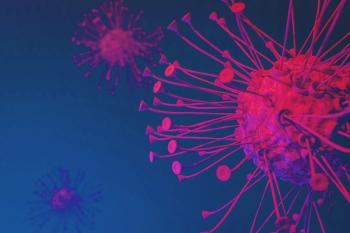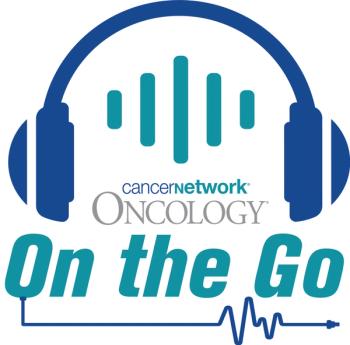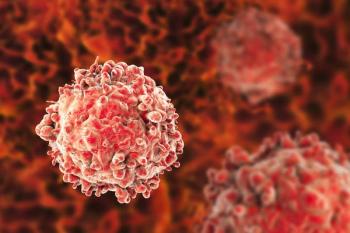
Adjuvant Oral Fluoropyrimidine Yields Improved Survival in Biliary Tract Cancer
Patients with biliary tract cancer who were given the adjuvant oral fluoropyrimidine derivative S-1 had better overall survival compared with surgery alone.
Patients with biliary tract cancer who were treated with the adjuvant oral fluoropyrimidine derivative S-1 had better survival than those treated with surgery alone leading investigators to recommend it as standard of care, according to results from a phase 3 trial (UMIN000011688) that were presented at the
The 3-year overall survival (OS) rate was 77.1% (95% CI, 70.9%-82.1%) with S-1 and 67.6% (95% CI, 61.0%-73.3%) with surgery alone (HR, 0.694; 95% CI, 0.514-0.935; one-sided P = .008). Patients also had better 3-year relapse-free survival with S1 at 62.4% (95% CI, 55.6%-68.4%) and 50.9% (95% CI, 44.1%-57.2%), respectively (HR, 0.797; 95% CI, 0.613-1.035).
“Adjuvant S-1 therapy led to significantly longer survival than surgery alone on patients with resected BTC,” Masafumi Ikeda, MD, PhD, of National Cancer Center Hospital East, said during the presentation.
A total of 440 patients were enrolled onto the study, with 222 in surgery-alone arm and 218 in the S-1 arm. Those receiving S-1 were given 40 mg/m2 twice per day for 4 weeks on and 2 weeks off for a total of 4 cycles. Patients were eligible for this study if they had curatively resected biliary tract cancer, were between the ages of 20 and 80, and had a performance score of 0 or 1.
Patients receiving S-1 had a median age of 68 years compared with 70 years for surgery alone, and most patients in either group were male (74% vs 68%) and had an ECOG performance score of 0 (88% vs 87%). The primary tumor site was most likely extrahepatic (57% vs 55%), followed by ampulla of vater (17% vs 16%), gallbladder (14% vs 15%), and intrahepatic (12% vs 14%) in the S-1 and surgery-alone arms, respectively.
Most patients in the S-1 and surgery groups had a resection status of R0 (86% vs 85%, respectively) and stage II disease (58% vs 59%), followed by stage III (17% vs 17%), stage I (16% vs 16%), and stage IV (9% vs 8%). Most patients had no lymph node involvement (N0; 61% vs 59%).
OS by subgroup analysis mostly favored S-1 compared with surgery alone, including those with ECOG performance scores of 0 (0.70; 95% CI, 0.51-0.97; P = .0632) and 1 (0.85; 95% CI, 0.39-1.85) as well as those with extrahepatic (0.80; 95% CI, 0.54-1.17; P = .5344), ampulla of vater (0.49; 95% CI, 0.22-1.12; P = .3041), gallbladder (0.64; 95% CI, 0.30-1.35), and intrahepatic (0.75; 95% CI, 0.30-1.89; P = .5939) primary tumor sites.
The most common grade 3 adverse effects (AEs) in the S-1 arm was neutrophil decrease (14%) which occurred in only 1% of the surgery-alone arm. Other common grade 3 AEs were anemia (4% vs 1%), white blood cell decrease (3% vs less than 1%), aspartate aminotransferase increase (3% vs <1%), and diarrhea (3% vs 0%).
Reference
Ikeda M, Nakachi K, Konishi M, et al. Adjuvant S-1 versus observation in curatively resected biliary tract cancer: A phase III trial (JCOG1202: ASCOT). J Clin Oncol. 2022;40(suppl 4):382. doi:10.1200/JCO.2022.40.4_suppl.382
Newsletter
Stay up to date on recent advances in the multidisciplinary approach to cancer.
































































































